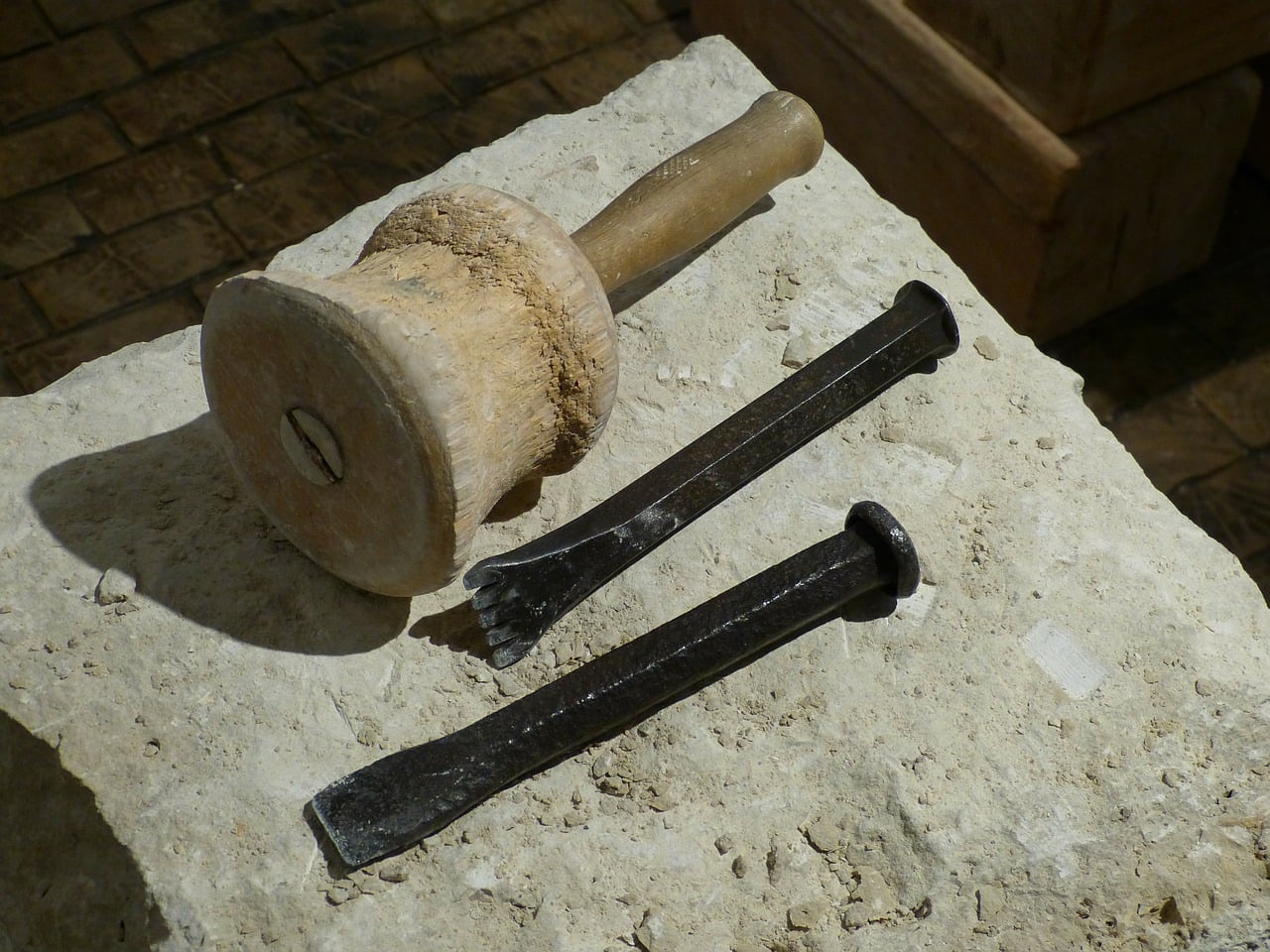There are a lot of things that are unclear when it comes to the history of human evolution. For instance, it’s still not entirely clear when early humans left Africa and spread around the world. A newly discovered set of stone tools found in India confused the scientists who research the history of human evolution.
According to the scientists, who published their findings in a study in the journal Nature, the discovered tools were crafted between 385,000 and 172,000 years ago. This time frame indicates that early humans left Africa much earlier than it was previously believed.
The researchers wrote in their study that the discovered set of stone tools indicates the transition between the prehistoric tools of the early Stone Age, which is known as the Acheulean period, to the technology of the mid-Stone Age, better known as Middle Palaeolithic. The researchers believe that the tools were made at the beginning of this time period.
Archaeologists use the progress of the stone tools and their production to analyze the migration patterns of early humans. They use artifacts which were dug up to determine when humans left Africa and spread around the globe.
Discovered in India
The set of stone tools was uncovered in southern India, at Attirampakkam. It is a village which is close to Chennai, located on the subcontinent’s eastern coast.
By the way they were found it is revealed that the “Middle Palaeolithic culture occurred…much earlier than conventionally presumed for South Asia,” the authors wrote in the study. “Chronologies of Middle Palaeolithic technologies in regions distant from Africa and Europe are crucial for testing theories about the origins and early evolution of these cultures.”
According to the study, others should reconsider early human migration models which suggest that humans didn’t reach India until after 125,000 years ago.
Still, the researchers suggest that the set of stone tools could have actually been made by Homo sapiens’ relatives, the Neanderthals, instead of modern humans.
“We are very cautious on this point,” the authors were quoted by Phys.org.
Michael Petraglia who is an archaeologist who works on human evolution in Asia and did not participate in the study, thinks that the tools don’t show that early humans left Africa such a long time ago.
“I simply don’t buy it,” he said as quoted by Phys.org, stating that he thinks that Neanderthals built those artifacts without outside influence.
This discovery is not the only clue that researchers use in order to discover more information regarding early humans and when they left Africa to spread through Europe and Asia. There are other suggestions of humans leaving Africa earlier, for example the human fossil record.
Also, different researchers suggest that modern humans came to the American continents earlier than previously thought. Another study suggests that the ancestors of today’s Native Americans crossed a land bridge in order to get to North America.





